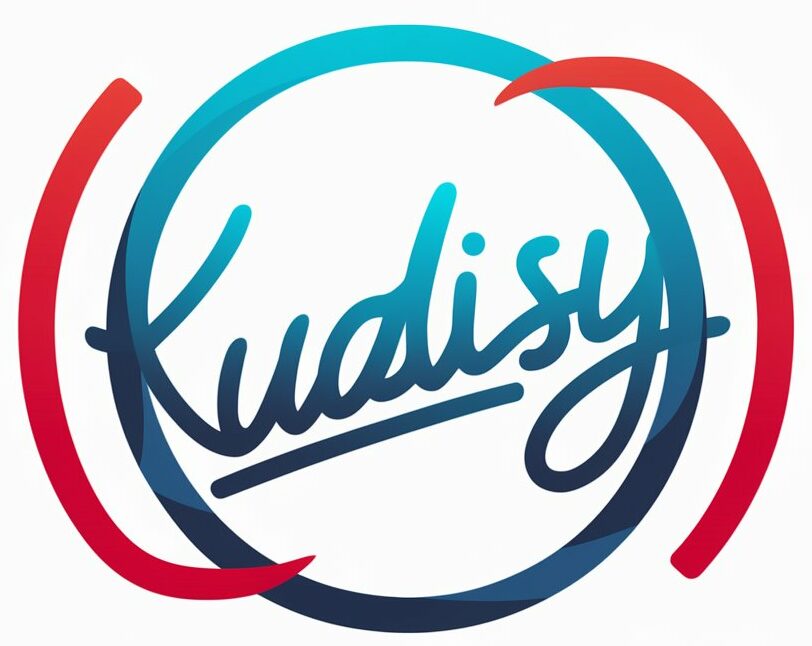Introduction:
In the vast landscape of human achievement, from groundbreaking scientific discoveries to revolutionary technological advancements, one common thread weaves through the tapestry of progress: the power of ideas. Ideas are the catalysts that ignite innovation, drive Idea Matters change, and shape the future. In this article, we will explore the significance of ideas and their role in fostering creativity, problem-solving, and progress across various fields.
The Birth of Innovation:
Innovation is the lifeblood of societal advancement. Every groundbreaking invention, transformative business model, and societal shift begins with a spark of creativity—a novel idea that challenges the status quo. History is replete with examples of how ideas have fueled progress. Consider the printing press, the steam engine, or the internet; each of these innovations originated from the fertile ground of a single idea, propelling humanity into new eras of knowledge, communication, and connectivity.
Creativity Unleashed:
At its core, creativity is the ability to generate novel and valuable ideas. It is a force that transcends disciplines, driving progress in science, technology, art, and beyond. The process of creativity involves divergent thinking, the ability to explore multiple perspectives and possibilities, and convergent thinking, bringing those diverse ideas together into a cohesive solution. When individuals and societies prioritize and cultivate creativity, they open doors to uncharted territories and unlock the potential for groundbreaking discoveries.
Problem-Solving and Adaptation:
In a rapidly changing world, the ability to generate innovative ideas is crucial for addressing complex challenges. Whether it’s finding sustainable solutions to environmental issues, developing vaccines for new diseases, or creating inclusive technologies, ideas play a pivotal role in problem-solving. Embracing a mindset that values and encourages creative problem-solving allows individuals and organizations to adapt to changing circumstances and find innovative solutions to pressing issues.
The Ripple Effect of Ideas:
One remarkable aspect of ideas is their potential for a ripple effect. A single idea can spawn a cascade of related concepts, inspiring others to build upon and refine the original notion. Collaborative ideation often leads to synergies that propel progress exponentially. The open exchange of ideas, facilitated by communication and collaboration, creates a dynamic environment in which innovation thrives.
Fostering an Idea-Friendly Environment:
To harness the power of ideas, it is essential to create environments that foster creativity and innovation. This involves encouraging a culture of curiosity, risk-taking, and continuous learning. Organizations, educational institutions, and communities that prioritize and celebrate the generation of ideas create the fertile ground upon which progress can flourish.
Conclusion:
In a world defined by constant change and evolving challenges, the currency of progress is ideas. Ideas are not only the seeds of innovation but also the driving force that propels societies forward. As we navigate the complexities of the future, embracing the transformative power of ideas will be essential for unlocking new possibilities and building a world that is shaped by creativity, ingenuity, and progress.
